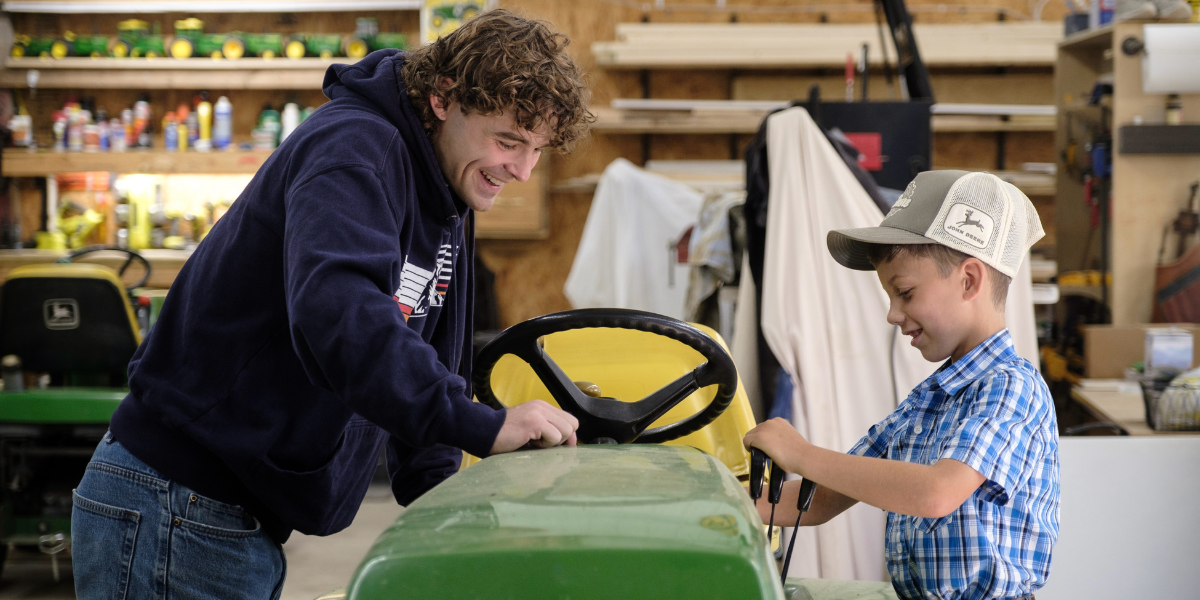This past summer, after my mom passed, I found myself going through some archives and came across my FFA record books from the 1970s. My career began 50 years ago with three acres of soybeans, five gilts and a boar. Reflecting on six decades of farming is humbling, to say the least. The evolution from cabless tractors with radios mounted on the fender to today’s semi-autonomous machines is a story in itself. These advancements didn’t happen overnight or all at once – they improved gradually as society became smarter.
Over that timeframe, we have implemented several innovations that can deliver nearly 10 percent increases in productivity—herbicide-tolerant crops, GPS autosteer for machines—those were the easy ones. Today, the focus on my farm has shifted to doing 10 things just one percent better. Each winter, we assess every part of the operation, finding even the smallest adjustments that can increase productivity or save time.
The main goal of my operation, one for every farming operation, is constant improvement. We can always do better, whether from implementing a newer piece of equipment, using new software or adopting a new operational workflow. Some changes come easily, others require a deep dive with analysis of the streaming data modern machines provide.
Every spring, farmers strive to grow the biggest and best crop possible. Yet, we often spend far less time thinking about what will happen to that crop once it’s harvested. Instead, we rely on someone to buy and utilize it.
That’s where initiatives such as the Illinois Soybean Association’s Soy Innovation Center come in. The Center’s mission is to uncover the next wave of uses for soy meal, protein and oil. Although major consumers of soy are well-established, the real opportunity lies in identifying the next 10 users who will each contribute to that extra one percent increase in demand. The aim is to integrate soy into the production of consumer goods, replacing environmentally taxing materials with homegrown solutions.
Future-proofing our operations starts with innovation, not only on our farms but also across industries. In this issue of Illinois Field & Bean, you’ll explore the many ways farmers can prepare for the challenges and opportunities ahead. From regenerative farming to precision agriculture, satellites and beyond, there are countless tools and strategies available to help ensure the resilience and sustainability of farms for generations to come.
By increasing demand for soy and consistently improving, we’re paving the way for a brighter future. Today, we are collectively smarter than we were 50 years ago, and while change often comes in small steps, even the smallest improvements can lead to better outcomes.
Recent Articles
TikTok sensation Jackson Laux, age 9, partners with John Deere to inspire agriculture's future.
By IL Field & Bean Team

